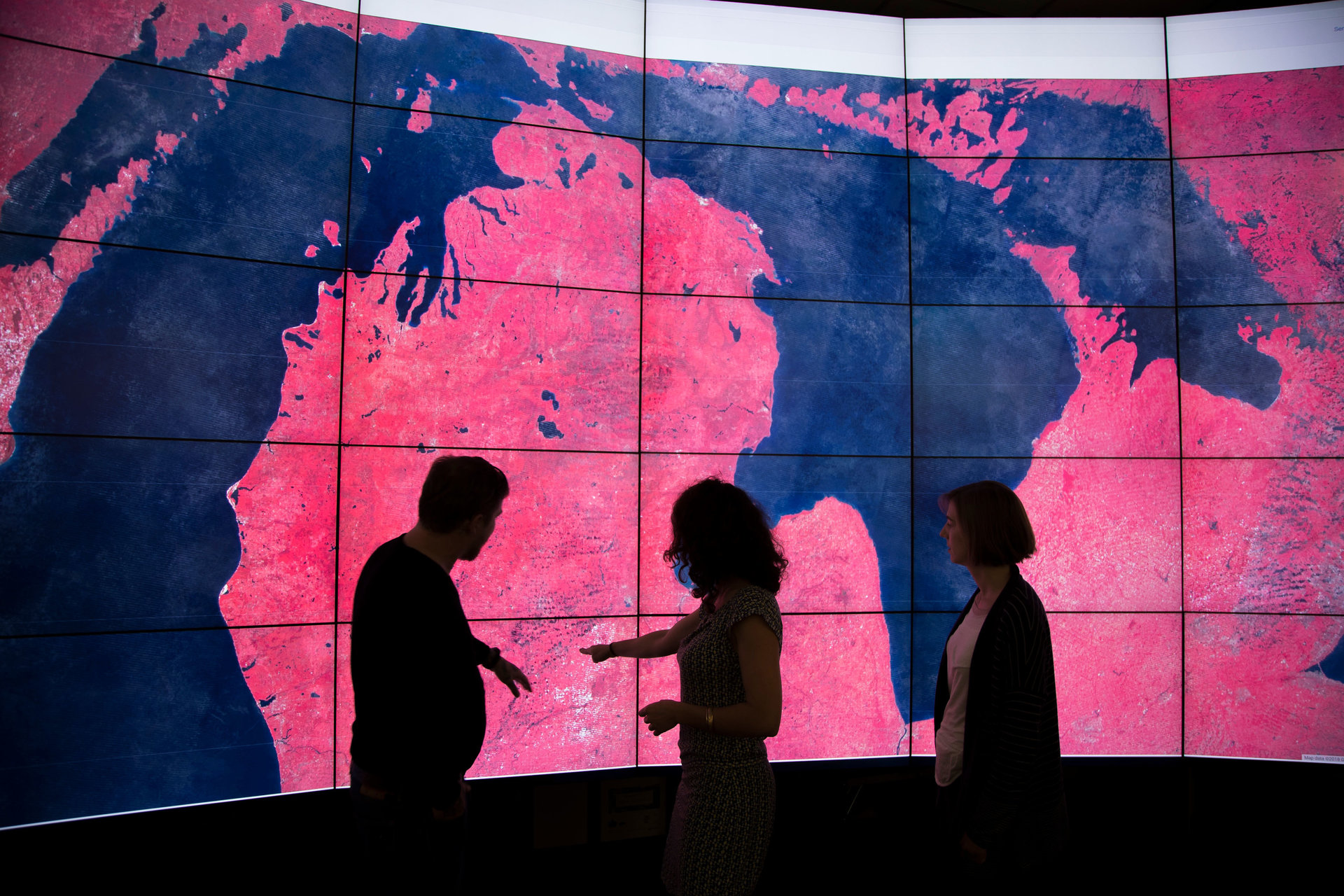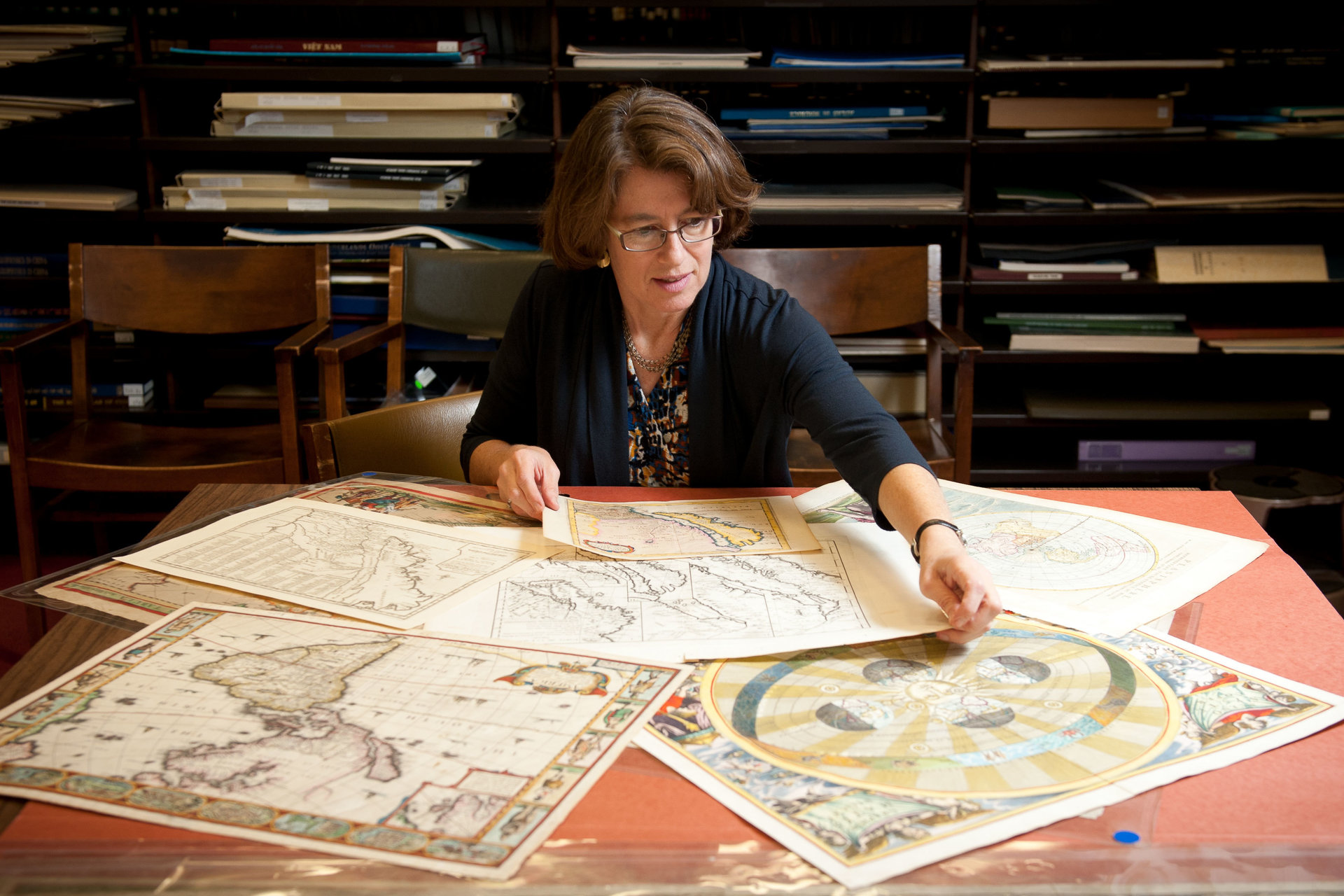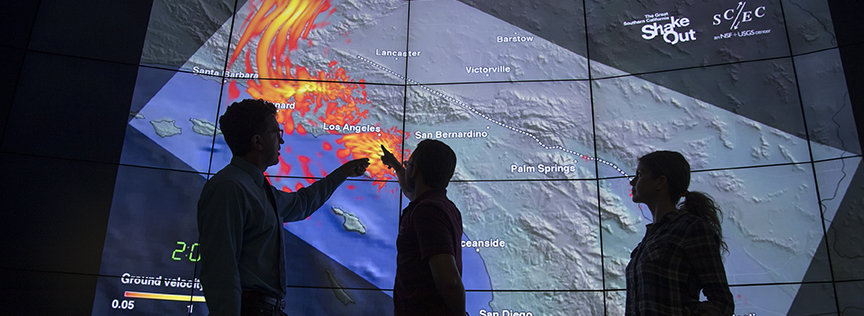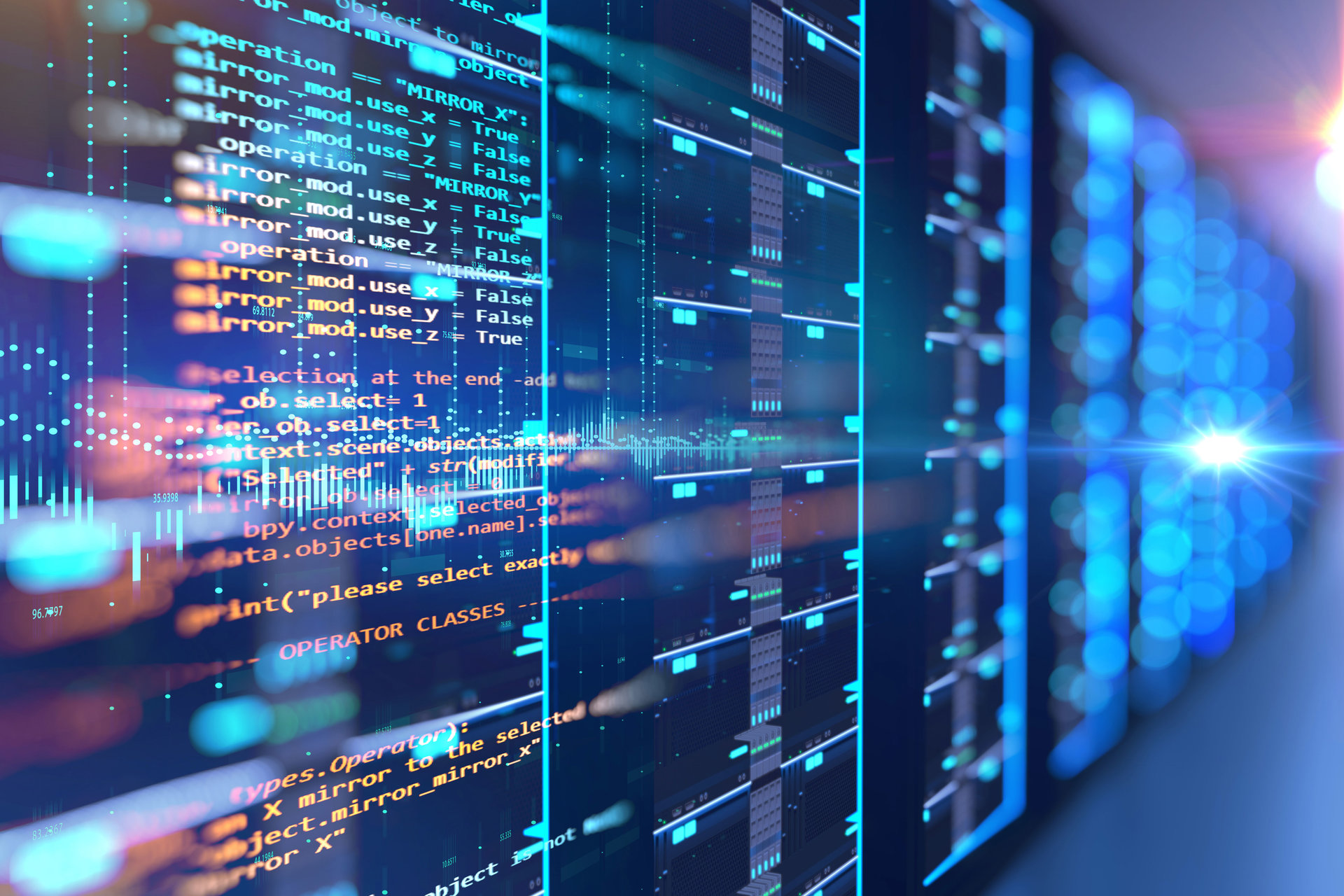Shared analytical facilities and research resources
Cutting-edge tools to understand our planet
Shared analytical facilities in the school are labs that enable efficiencies of time, knowledge, and resources. They are school supported, funded, and staffed, and are shared by faculty, staff, and students across the university. The Stanford Doerr School of Sustainability also maintains advanced computing facilities in Stanford's Branner Earth Sciences Library and Map Collections.
Visit our shared analytical facilities
Many of our students and faculty start their examination of specimens in our comprehensive Earth Materials Preparation lab. Assessment and measurement resources are available in our collection of shared labs which offer everything from gas, liquid, and solid analyses to isotopic analysis for geochronology and deciphering (bio)geochemical processes.
- Environmental Measurements Facility (EMF)
Multiple types of state-of-the-art equipment to test and analyse solid, aqueous, and gaseous samples. - Geochronology Cluster (GC)
High resolution trace element analysis and measurement in three ways:- SHRIMP-RG Lab: Sensitive High Resolution Ion Microprobe - Reverse Geometry
- Noble Gas Lab: Produces data for geochronologic & thermochronologic applications
- Fission Track Thermochronology Lab: Provides data for reconstructing the time-temperature histories of rock samples in the Earth's upper crust
- Geomicrobiology Shared Laboratories (GML)
Provides equipment to analyze biochemical and molecular aspects of microbes in the marine environment. - Microchemical Analysis Facility (MAF)
The JEOL "Superprobe" electron microprobe utilizes a high energy electron beam and wavelength-dispersive X-ray spectrometers to determine the concentration(s) of chemical constituents in solid materials. - Sample Preparation Lab (SPL)
Our lab provides guidance, access, and hands on training for rock preparation equipment and mineral separation techniques. Common usages include zircon, quartz, and feldspar separation; powdering samples for geochemical or isotopic analysis; and cutting rocks for thin sections or further analysis. - Scanning Electron Microscope Facility
Our field-emission, environmental scanning electron microscope (ESEM) is ideal for imaging and mapping nano- and micro-scale features in Earth materials. - Stable Isotope Biogeochemistry Lab (SIBL)
Provides analytical facilities and technical expertise to determine stable isotope ratios of a variety of organic and inorganic materials from both terrestrial and marine environments. - Stanford Cosmogenic Isotope Lab
A clean lab space dedicated to the processing of water, soils, and rock material for cosmogenic isotope analyses. - Stanford Isotope Geochemistry Measurement & Analysis (SIGMA)Our facility for the analysis of isotopes and trace elements using mass spectrometry.
More information about these labs
To utilize the Shared Analytical Labs above, contact Angela Halfpenny at halfpeny@stanford.edu.
Civil and Environmental Engineering Labs
- Environmental Engineering and Science Lab (EESL)
The Environmental Engineering and Science Laboratory is comprised of several laboratories. These well-equipped research facilities contain the latest analytical and specialized experimental equipment.
Lab Contact: Royal Kopperud - John A. Blume Earthquake Engineering Center (Blume)
The John A. Blume Earthquake Engineering Center at Stanford University is devoted to the advancement of research, education and practice in earthquake engineering. Through its activities, the Blume Center contributes to the understanding of earthquakes and their effects on structures.
Lab Contact: Racquel Hagen - The Bob and Norma Street Environmental Fluid Mechanics Laboratory (EFML)
The Bob and Norma Street Environmental Fluid Mechanics Laboratory (EFML) is home to research conducted in the Environmental Fluid Mechanics and Hydrology (EFMH) Program.
Lab Contact: Derek Fong
Take a look at our labs and facilities
Research resources
Stanford Geospatial Center

The Stanford Geospatial Center, housed in Branner library, offers workshops on fundamentals of Geographic Information Systems (GIS), data management, visualization tools, and spatial analysis.
Branner Earth Sciences Library

Resources cover geology, seismology, energy resources engineering, environmental science, and geophysics, as well as a map library and Geographic Information System (GIS) support services.


